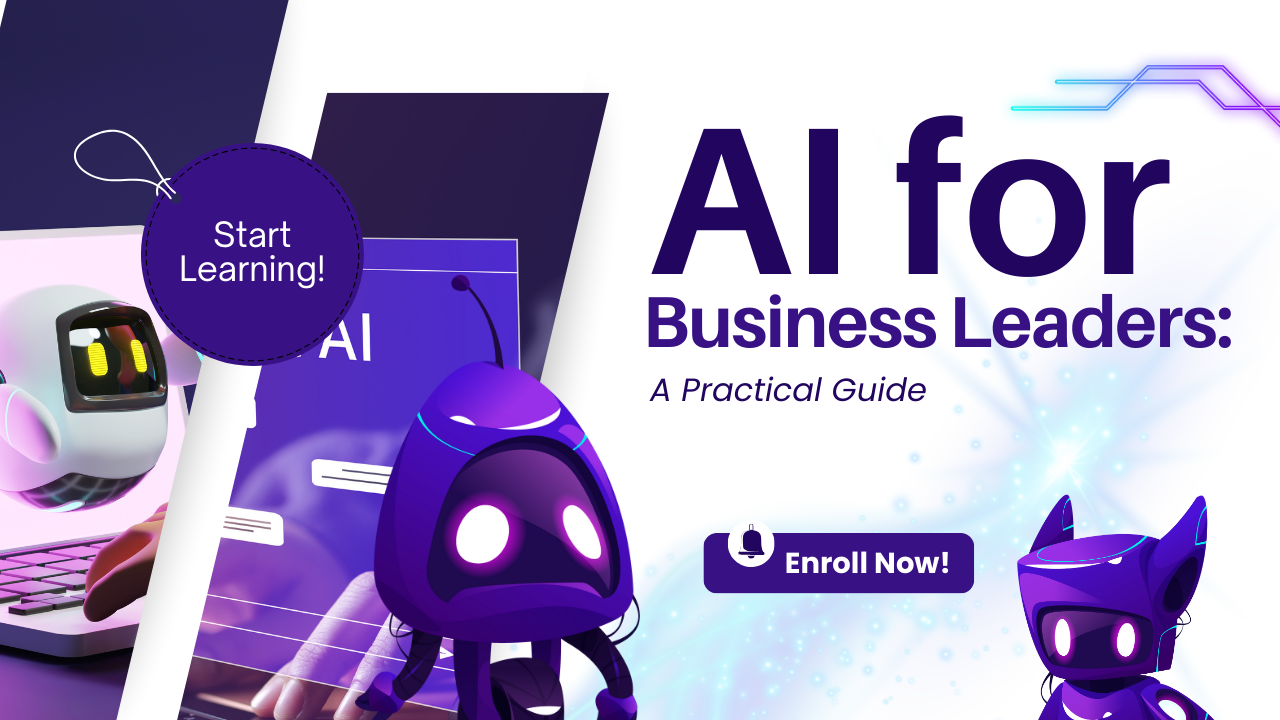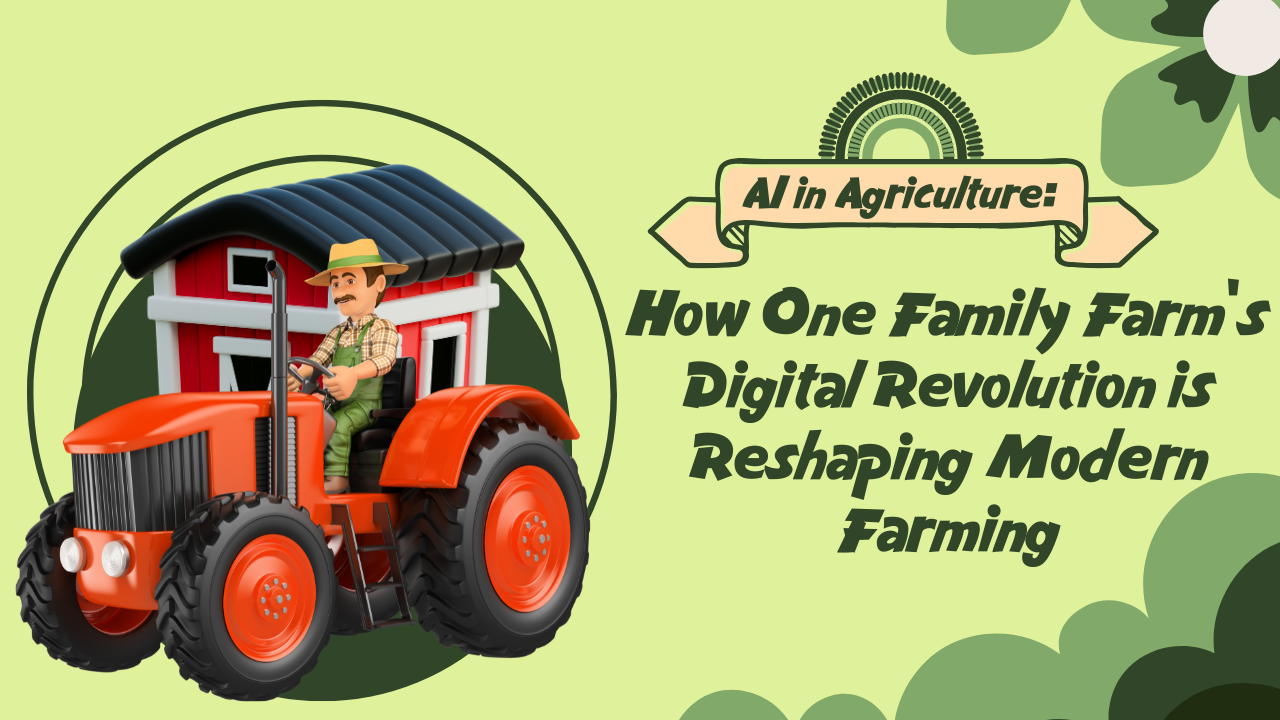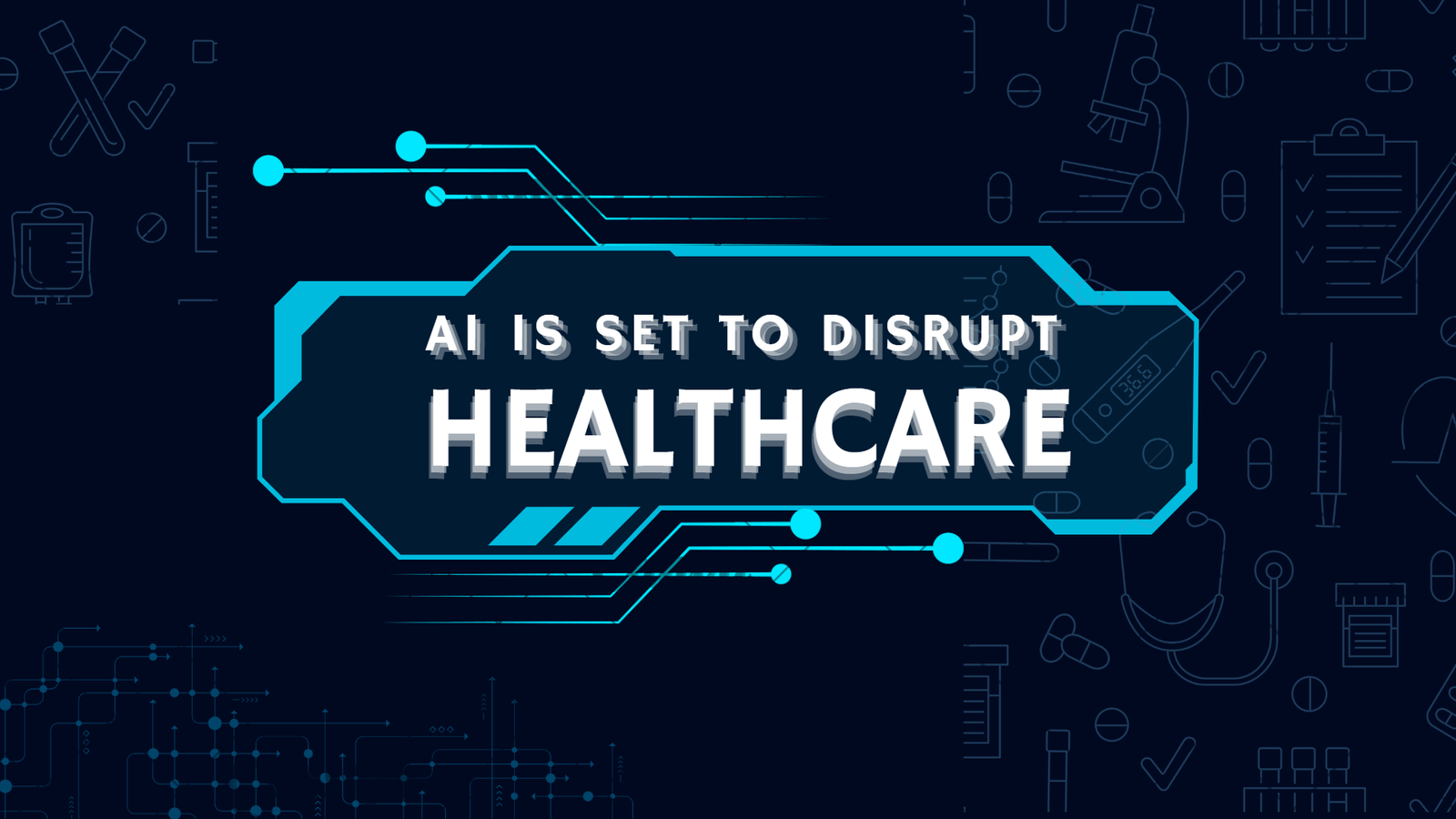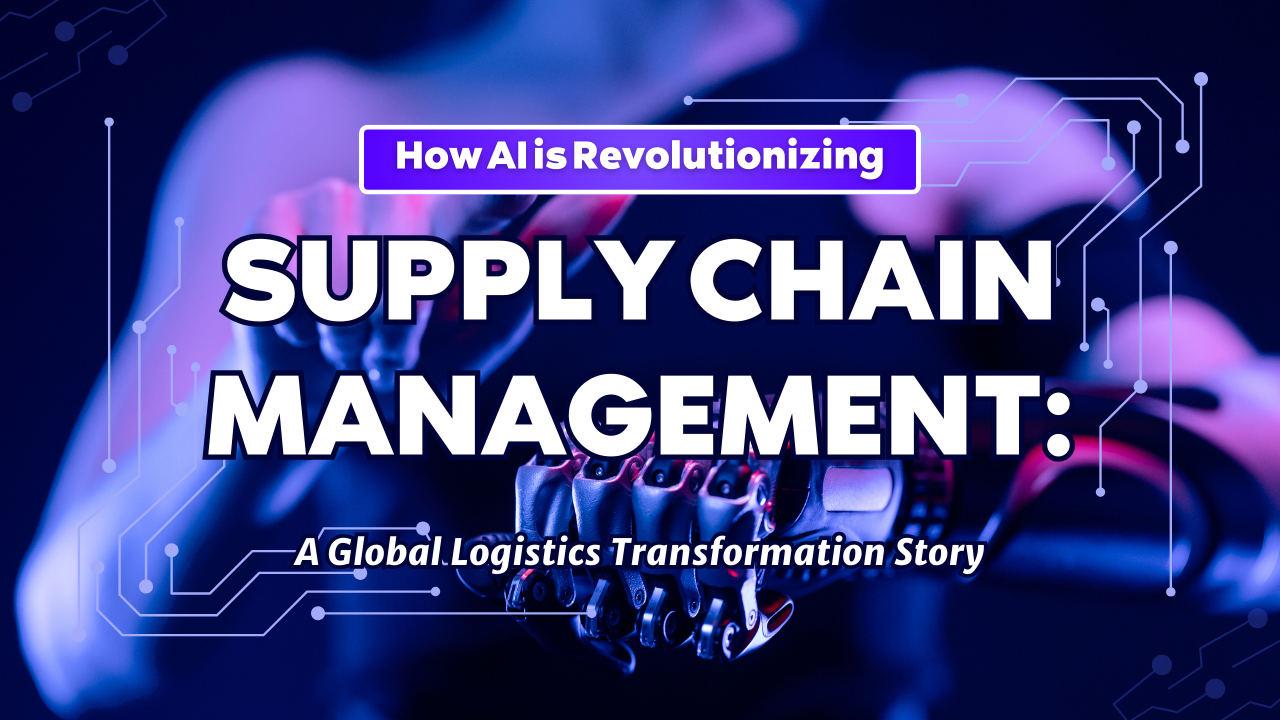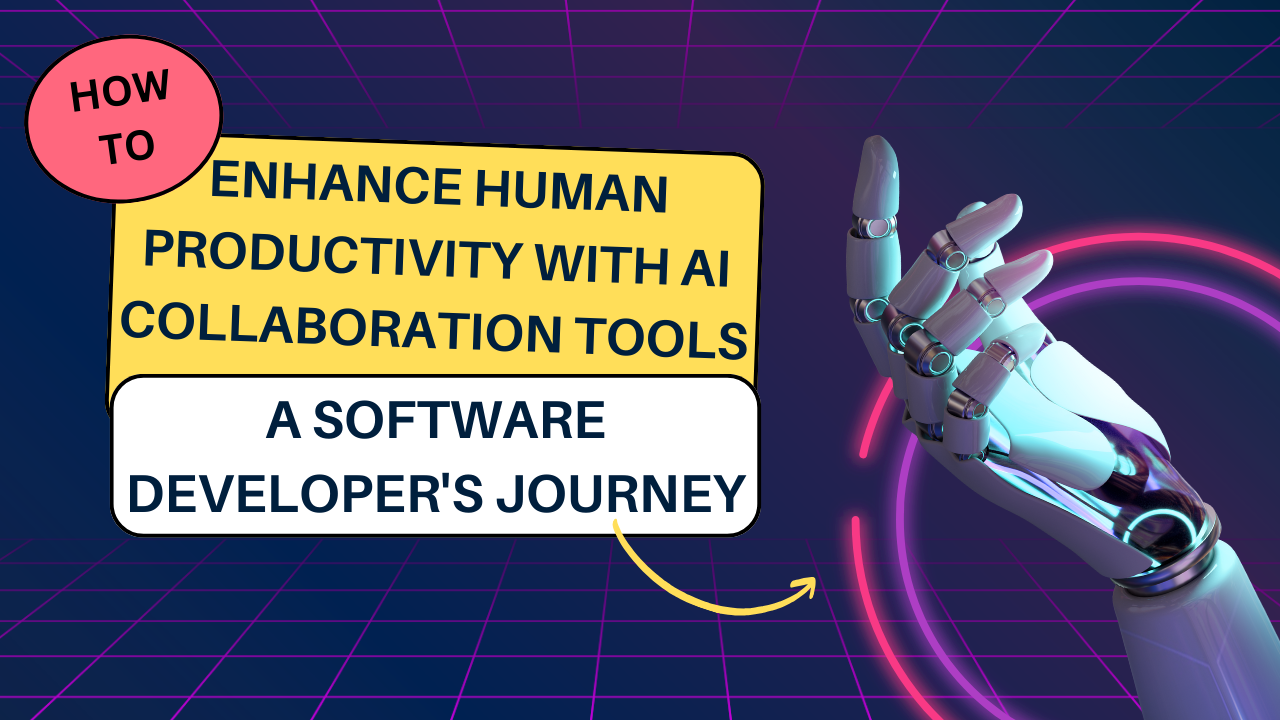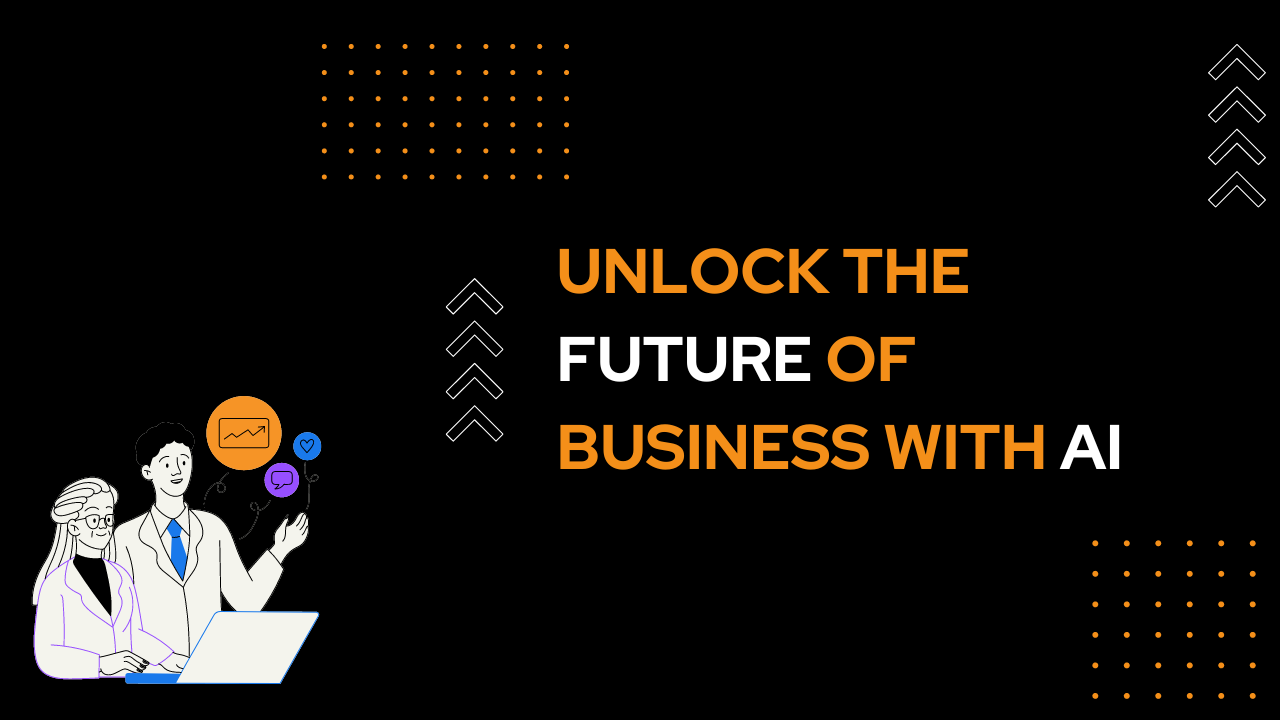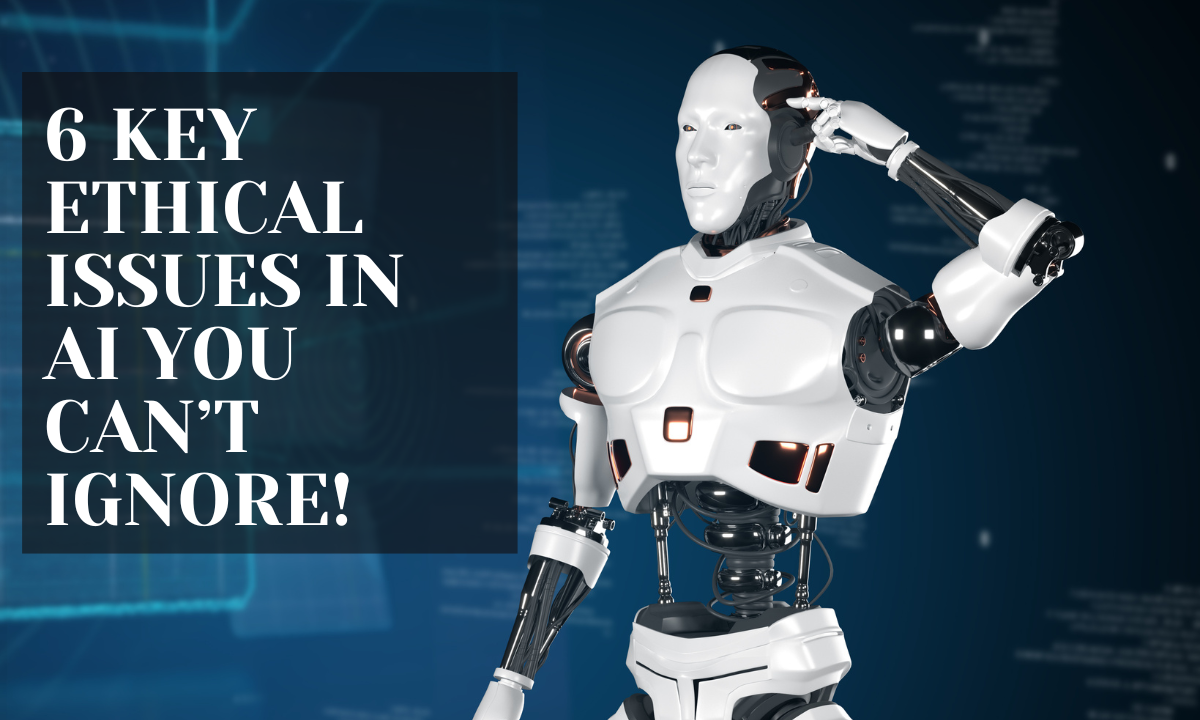In the heart of California’s Central Valley, Priya Chen stands in her family’s almond orchard, tablet in hand, watching autonomous tractors methodically navigate between the rows of trees. As a third-generation farmer, she never imagined that artificial intelligence would become as essential to their 500-acre operation as water and sunlight. But in 2025, as climate challenges and labor shortages reshape agriculture worldwide, Priya’s decision to embrace smart farming has not only preserved her family’s legacy but transformed it into a model for the future of farming.

The Catalyst for Change: A Farm at the Crossroads
“Three years ago, we faced an existential crisis,” Priya recalls, gazing across the rows of almond trees that her grandfather first planted in the 1960s. “Unpredictable weather patterns were devastating our crops, labor costs were skyrocketing, and traditional farming methods weren’t keeping up with the changing climate. We were at a crossroads – adapt or risk losing everything.”
The breaking point came during the devastating drought of 2022, when the farm lost 40% of its crop despite following conventional wisdom and traditional irrigation practices. This crisis became the catalyst for a complete technological overhaul of their farming operations, setting them on a path that would revolutionize not just their own operations, but influence the entire agricultural community in the Central Valley.

Building the Digital Foundation: From Soil to Satellites
The First Seeds of Change: Smart Sensing Technology
Priya’s journey into agricultural technology began with a comprehensive soil and environment monitoring system. Working with Arable, they installed a network of sophisticated IoT sensors throughout their orchards. These sensors revolutionized their understanding of the farm’s ecosystem in several ways:
- The advanced soil moisture sensors provided continuous real-time data about water penetration and retention patterns, enabling the team to develop precision irrigation strategies that reduced water usage by 40% while improving crop health significantly.
- Environmental monitoring stations collected comprehensive data about microclimate variations across different sections of the orchard, allowing them to create targeted climate management strategies that protected sensitive almond blossoms during critical growing periods.
- Underground nutrient sensors installed at various soil depths transformed their understanding of fertilizer efficiency, leading to the development of precision nutrition programs that reduced chemical inputs by 35% while enhancing soil health and sustainability.

The Power of Prediction: Advanced Analytics Integration
The next phase involved partnering with OneSoil to implement their sophisticated machine learning platform. This system began analyzing multiple data streams simultaneously, creating a comprehensive view of the farm’s operations:
- The platform’s integration of historical yield data with current sensor readings enabled the creation of detailed harvest predictions, which improved their market timing and led to a 25% increase in profit margins through better price optimization.
- Weekly satellite imagery analysis combined with ground-level sensor data created detailed health maps of the entire orchard, enabling early detection of stress patterns and disease outbreaks before they became visible to the human eye.
- The implementation of advanced weather modeling capabilities allowed them to anticipate and prepare for extreme weather events, reducing crop damage from unexpected frost or heat waves by 60% compared to previous years.

The Robotics Revolution: Automation Meets Agriculture
Autonomous Systems Transform Field Operations
The integration of John Deere’s autonomous solutions marked a pivotal moment in their transformation. The deployment of self-driving tractors and intelligent implements brought unprecedented precision to field operations:
- The autonomous vehicles utilized advanced computer vision systems that could identify and respond to tree health issues in real-time, adjusting their operations based on individual tree needs rather than treating the entire orchard uniformly.
- Smart spraying systems equipped with artificial intelligence reduced pesticide usage by 75% through precision targeting, only applying treatments where and when needed, based on real-time pest detection and population modeling.
- Automated pruning systems, guided by sophisticated 3D mapping technology, maintained optimal tree architecture for maximum sunlight penetration and air circulation, leading to a 30% improvement in fruit quality.
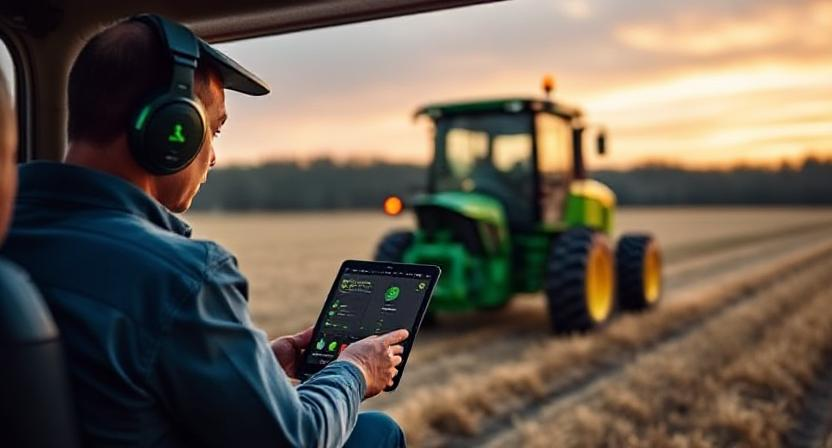
Eyes in the Sky: Drone Technology Revolution
The implementation of DJI Agriculture’s advanced agricultural drones created a new dimension of oversight and precision in their farming operations:
- The drone fleet conducted daily autonomous surveys of the entire orchard, using multispectral imaging to create detailed maps of plant health, water stress, and nutrient deficiencies that would be impossible to detect from ground level.
- Advanced thermal imaging capabilities enabled early detection of irrigation system failures and water stress, preventing crop damage through proactive maintenance and targeted irrigation adjustments.
- Precision pollination systems carried by drones increased fruit set rates by 40% during critical blooming periods, significantly improving yield consistency across the entire orchard.
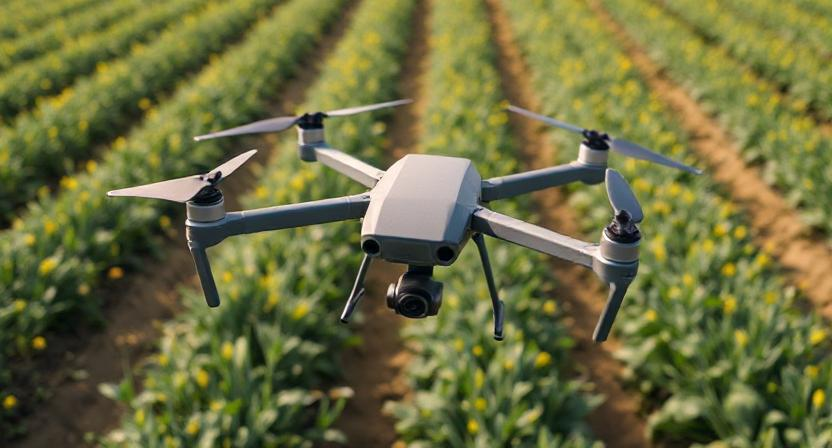
From Data to Decisions: The AI Intelligence Hub
Creating the Farm’s Neural Network
Priya worked with Climate Corporation to develop a centralized artificial intelligence system that became the farm’s decision-making hub:
- The system processed data from all available sources – sensors, drones, satellites, and weather stations – to create daily operation plans that optimized resource usage while maximizing crop potential.
- Machine learning algorithms analyzed years of historical data alongside current conditions to predict potential problems before they occurred, enabling proactive rather than reactive management strategies.
- The AI system continuously refined its models based on outcomes, learning from each season to improve its predictions and recommendations for the next year.
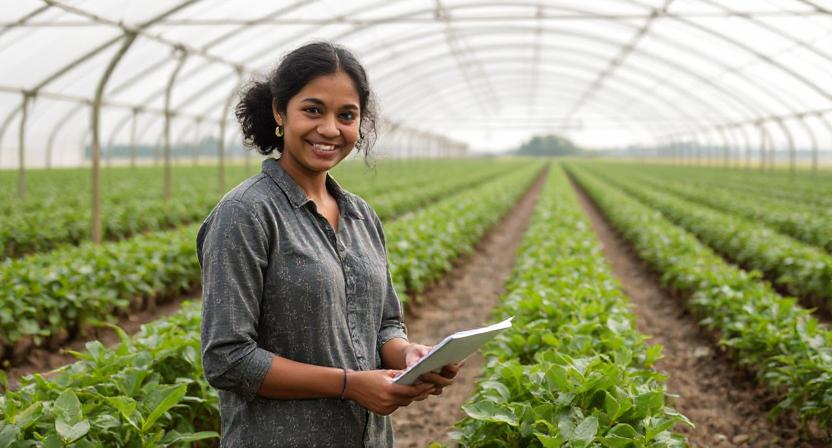
Smart Irrigation: Water Management Reimagined
The implementation of CropX’s automated irrigation system represented a quantum leap in water management efficiency:
- The system integrated soil moisture data, weather predictions, and crop water demand models to create precision irrigation schedules that reduced water usage while improving crop health and yield.
- Real-time monitoring of water movement through the soil profile enabled the detection and prevention of nutrient leaching, protecting groundwater resources while ensuring optimal nutrient availability for the trees.
- Machine learning algorithms optimized irrigation timing based on electricity rates and water availability, reducing pumping costs by 45% while maintaining optimal soil moisture levels.
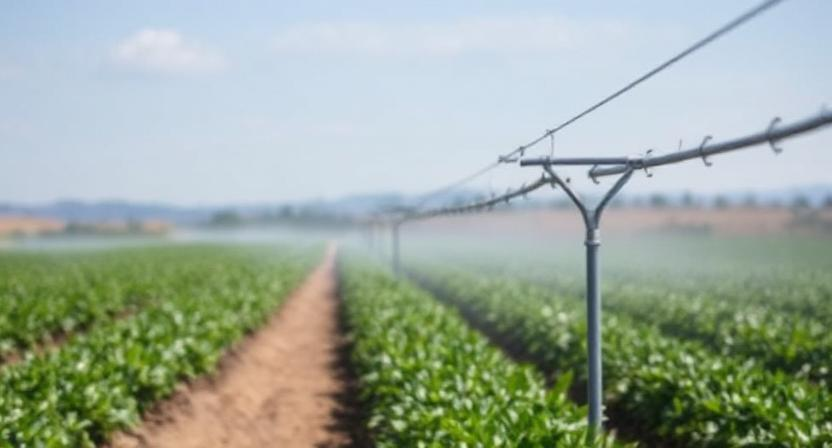
The Future Grows Here: Innovation and Integration
Blockchain and Supply Chain Revolution
The integration of blockchain technology into their operation created unprecedented transparency and efficiency in their supply chain:
- Smart contracts automatically adjusted pricing based on quality metrics collected during harvest, ensuring fair compensation for premium products while streamlining the payment process.
- Real-time tracking of harvested crops from field to processor improved food safety protocols while reducing waste and transportation costs.
- Blockchain-verified sustainability practices opened access to premium markets, increasing the average return per acre by 35%.

Sustainable Innovation: The Environmental Impact
The farm’s transformation led to significant environmental improvements:
- The combination of precision agriculture technologies reduced the farm’s carbon footprint by 60% through decreased equipment usage and improved resource efficiency.
- Smart resource management systems significantly reduced chemical runoff and groundwater impact, helping to restore local ecosystem health.
- Improved soil management practices increased carbon sequestration, contributing to climate change mitigation while improving soil health.
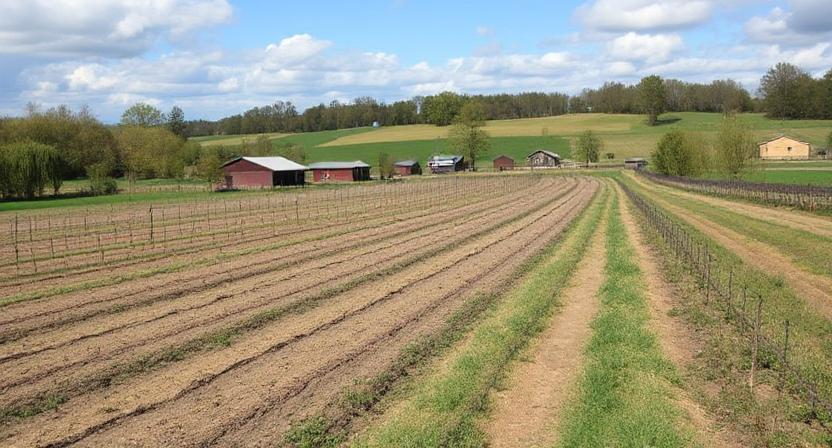
Looking to the Future: The Next Wave of Innovation
Priya’s farm continues to evolve, exploring emerging technologies that promise to further revolutionize agriculture:
- Research partnerships with agricultural universities are helping develop new AI algorithms specifically designed for specialty crop management in changing climate conditions.
- Experimental trials with advanced robotics systems are pushing the boundaries of automated harvest technology, promising to further reduce labor dependencies while improving harvest quality.
- Integration of advanced genetic modeling tools is helping optimize variety selection and breeding programs for future climate scenarios.

The Impact: Results That Speak Volumes
After three years of digital transformation, the results have exceeded all expectations:
- Overall farm productivity increased by 45% while reducing operational costs by 35%, creating a new model for sustainable profitability in modern agriculture.
- Water use efficiency improved by 40%, labor costs decreased by 60%, and chemical inputs reduced by 75%, dramatically improving the farm’s environmental footprint.
- Crop quality metrics improved across all categories, leading to premium pricing and expanded market opportunities.
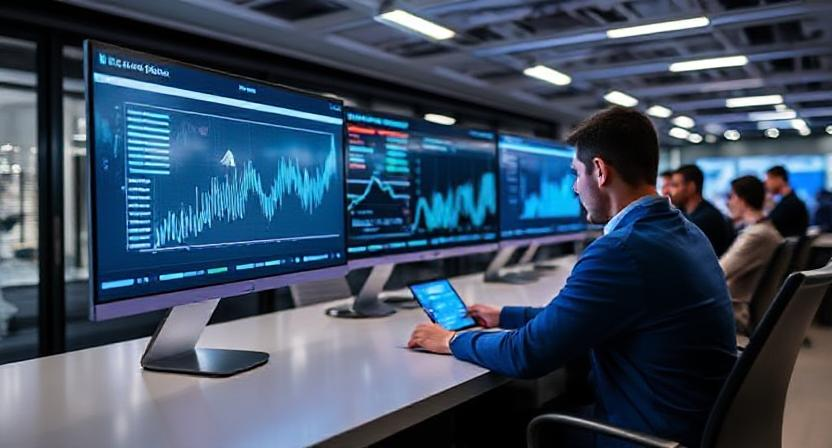
Lessons for the Future: Keys to Success
Priya’s experience offers valuable insights for other farmers considering similar transformations:
- Success requires a systematic approach to technology adoption, starting with basic monitoring systems and gradually building to more sophisticated AI applications.
- Investment in staff training and development is crucial for successful implementation of new technologies.
- Partnerships with technology providers and research institutions can accelerate innovation and problem-solving.

Conclusion: A New Chapter in Agricultural History
As Priya looks across her orchard, now managed by a sophisticated network of AI systems and autonomous machines, she reflects on the journey: “We haven’t just changed how we farm – we’ve fundamentally transformed our relationship with the land. Technology hasn’t replaced farming knowledge; it’s enhanced it, allowing us to be better stewards while producing more food more sustainably.”
The story of the Chen family farm represents more than just one operation’s success – it’s a blueprint for the future of agriculture. As climate challenges and resource constraints continue to pressure global food systems, the integration of AI and advanced technology offers a path forward that combines increased productivity with environmental stewardship.
“The future of farming,” Priya concludes, “lies in the harmonious blend of traditional agricultural wisdom and cutting-edge technology. We’re not just preserving our family farm – we’re reinventing it for the next generation.”

